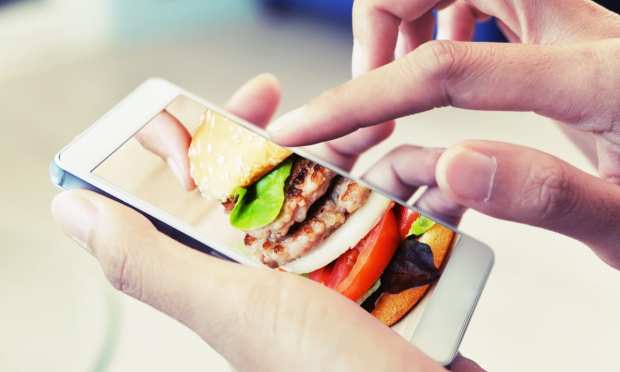QSRs, Fast-Casual Eateries Acquiring A Taste For Long-Term Loyalty

Loyalty programs are morphing as digital commerce becomes dominant, and consumers figure out who will give them the most bang per buck spent. Food is at (or near) the forefront.
“Restaurant customers want to be able to receive loyalty and rewards points with the same ease as they browse menu options, order food and have it delivered or picked up. This means restaurants must enable access to rewards on mobile, whether their customers are placing orders directly or having them delivered via third-party apps. Doing so can not only help encourage consumers to spend more on their food orders but also win their long-term loyalty.”
This from PYMNTS latest Delivering On Restaurant Rewards report, a Paytronix collaboration, drawing from surveys of a census-balanced panel of over 2,100 U.S. consumers.
The new report is a treasure trove of data that has discovered the existence of distinct personae among loyalty program members, and their desires around use of rewards.
Online/Offline Ordering Runs The Board
Among eye-openers in the new research is the fact that, as we also see in the grocery sector, mobile order-ahead (MOA) is dominated by hybrid online/offline interactions.
“Online/offline diners are most common among restaurant customers who order from chains and QSRs [quick-service restaurants] as opposed to those who order from independent restaurants. Seventy-nine percent of restaurant customers who order from full-service chain restaurants use both online and offline channels,” Delivering On Restaurant Rewards states, “as do 74 percent of those who order from chain QSRs, 68 percent of those who order from independent full-service restaurants and 67 percent of those who order from independent QSRs.”
Clearly, digital and analog ordering are best when left to coexist, making it “critical to all restaurants’ success, regardless of whether they are full-service restaurants or QSRs.”
What’s the loyalty angle? Simply that regardless of ordering mode, rewards are not only expected, but they can have a magical effect on things from order size to experience.
According to Delivering On Restaurant Rewards, “Thirty-nine percent of respondents say loyalty and rewards programs would encourage them to spend more at restaurants that offer them, making it the most frequently cited way restaurant customers say they would be encouraged to spend.” Online ordering and payment resonates with close to 40 percent of all respondents.
Restaurant Loyalty Wants To Be Mobile
Mobile apps have become the backbone of loyalty programs, providing the convenience and speed that MOA diners want their burrito bowls and pizzas served with.
“Restaurant customers express interest in very different types of rewards programs depending on the channels they use to interact with restaurants,” per the report, which adds that “Fifty-nine percent of dine-in restaurant loyalty program users and 70 percent of QSR loyalty program users who order both online and offline say they would like to access rewards through restaurants’ mobile apps. Sixty-two percent of dine-in restaurant loyalty program users and 88 percent of QSR loyalty program users who order only online said the same.”
Important questions like “when will dining out come back” are on the consumer’s back burner for the moment, as COVID flares up for a second winter with its attendant financial malaise.
There will come a time when the general public feels safe in a crowded café again. For the moment, Delivering On Restaurant Rewards finds, “Eighty-seven percent of all consumers who have shifted to ordering food online since the pandemic began plan to keep doing so at least ‘somewhat’ as often as they do now. This compares to 78 percent of digital shifters who plan to keep retail shopping online and 71 percent who plan to keep grocery shopping online.”
It’s clear that MOA, innovation in digital rewards and a laser-focus on loyalty “will continue to play a critical role in restaurants’ engagement strategies for the foreseeable future.”
